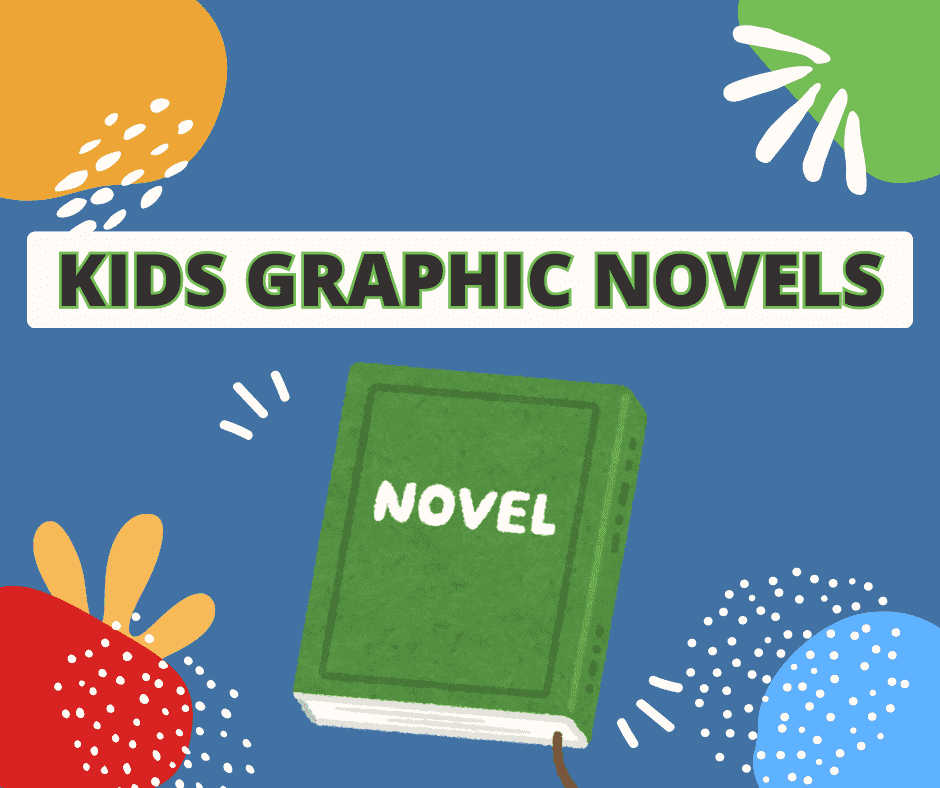
Book Writing
For generations, children worldwide have been delighted by the charming stories and adorable illustrations of the Little Critter books, reminiscent of the nostalgic journey into children’s literature that classic books provide. These beloved children’s books, written and illustrated by Mercer Mayer, follow the adventures of a young anthropomorphic animal as he navigates the ups and downs of childhood.
With more than 200 titles in the series, Little Critter has become a household name, bringing joy and laughter to millions of readers worldwide, much like the bestselling non-fiction books of all time have done in their respective genres.
Join us as we explore the world of Little Critter, from his iconic coveralls to his mischievous grin, and discover why this lovable character has become a cherished part of childhood memories for so many.
The History of Little Critter Books
Mercer Mayer created Little Critter in 1975. Mayer, a talented writer, and illustrator, was inspired to create the character by his children. The character quickly became popular with children, and Mayer began writing more books featuring Little Critter on the author website. Since the release of the first book, Just For You, in 1975, the series has expanded to more than 200 titles.
The books follow the adventures of Little Critter, a young anthropomorphic animal who learns valuable life lessons through his experiences, akin to the classic books to read at least once in your lifetime. Also, the stories are simple and engaging, making them perfect for young readers. Mayer’s illustrations are colorful and playful, capturing the attention of children and adults alike.
The Popularity of Little Critter Books
The Little Critter books have remained popular for over four decades and good reason. The book’s popularity is partly due to the relatable nature of the stories. Little Critter’s experiences are similar to those of many children, and readers can quickly identify with his struggles and triumphs.
The stories and illustrations have remained relevant and engaging over the years, appealing to new generations of readers. Also, little Critter’s adventures continue to resonate with children, encouraging them to read and learn.
The Cultural Significance of Little Critter Books
The Little Critter series has become a cultural touchstone, beloved by families worldwide. Therefore, the book’s themes of family, friendship, and perseverance are universal, making them relevant in any cultural context.
In addition to its cultural significance, the Little Critter series has significantly impacted children’s literature. The series has inspired countless authors and illustrators and has set the standard for quality children’s literature. The Little Critter books are an example of how children’s literature can be entertaining and educational, encouraging children to read and learn.
Why Little Critter Books are Still Relevant Today
The Little Critter series has stood the test of time and remains relevant today. The books resonate with young readers, encouraging them to read and learn. The series’ timeless themes of family, friendship, and perseverance are as relevant today as when the first book was published over four decades ago.
The Little Critter books also provide an excellent opportunity for parents and caregivers to bond with their children. The stories are simple and engaging, making them perfect for reading aloud. The books’ relatable characters and situations provide a natural starting point for discussing important life lessons.
Another aspect of Little Critter’s impact is the values and life lessons he teaches. Each book in the series focuses on a different theme, such as responsibility, honesty, and kindness, reflecting the diverse complete book tropes list that readers can explore. Through Little Critter’s adventures, readers learn important lessons that they can apply to their lives, making the books entertaining and educational.
Difference between Childhood Classics and Comic Book
Childhood classics and comic books are two of the most popular forms of literature for children and young adults. While both Ghostwriting Founder genres have unique features, some fundamental differences set them apart.
What are Childhood Classics?
Childhood classics are considered timeless books and have been read by generations of children, and they often share the distinguishing fiction and non-fiction writing elements that set them apart. Also, these books are usually written by renowned authors and have stood the test of time. Examples of childhood classics include “The Adventures of Tom Sawyer,” “Alice in Wonderland,” and “The Wind in the Willows.”
What are Comic Books?
Comic books, on the other hand, are a form of graphic novel that uses text and illustrations to tell a story. However, some of the most popular comic books include “Spider-Man,” “Batman,” and “X-Men.”
Difference between Childhood Classics and Comic Books
The primary difference between childhood classics and comic books is their format and storytelling technique. Therefore, childhood classics rely primarily on text and prose to tell a story, while comic books combine text and illustrations to create a visual narrative.
Another significant difference is the intended audience for both genres. Childhood classics are generally geared toward younger children and emphasize morals and values. Comic books, on the other hand, are often more towards teenagers and young adults and often focus on action, adventure, and science fiction.
Creating Content That Stands Out
If you’re creating content around childhood classics or comic books, it’s essential to understand the differences between the two genres. Similarly, by understanding these differences, you can create audiobook content that speaks directly to your target audience.
When creating content around childhood classics, focus on the timeless nature of these books and how they have shaped generations of readers, perhaps by incorporating insights from children’s book editor services to ensure the content resonates with today’s young audiences. Emphasize the moral and ethical values these books teach and the lessons that can be learned from them.
When creating content around comic books, focus on the visual appeal of these books and the action-packed storylines they often contain. Discuss the popularity of the characters and the impact that they have had on popular culture, much like the comic book writing services that bring such characters to life.
10 Reasons for Little Critter Books’ Popularity:
- Little Critter is a relatable and lovable character that appeals to young children.
- The books teach essential life lessons in a fun and engaging way.
- The simple sentence structures and relatable vocabulary make the books accessible to young readers.
- Colorful and playful illustrations add to the fun and engaging nature of the stories.
- Little Critter books are famous for parents and teachers to teach values and skills.
- The books are in different languages, making them accessible to children worldwide.
- It has become a staple in many households and classrooms.
- The books have a wide reach and have been popular for many years.
- They are often part of children’s early reading experiences.
- Little Critter books are famous and beloved by children and adults alike.
How the Series Continues to Impact Generations of Readers
From plush toys to board games to animated television shows, Little Critter has become a brand in its own right. Also, these products allow children to continue to engage with the character and his world beyond the pages of the books, further cementing his place in popular culture.
Many parents who read Little Critter books as children now share them with their children, creating a sense of nostalgia and passing down a beloved tradition. Little Critter has become a part of many families’ lives, and his legacy will continue for many years.
Main Attributes and Elaborate Information
| Aspect | Description | Impact on Readers |
|---|---|---|
| Character Creation | Little Critter, an anthropomorphic character, was designed with relatable childhood experiences. | Helps children connect with real-life scenarios, fostering empathy and understanding. |
| Illustrative Style | Mercer Mayer’s colorful and playful art style in the books. | Engages young readers visually, enhancing imagination and creativity. |
| Themes and Lessons | Each story encapsulates valuable life lessons, akin to classic literature. | Teaches morals and values, such as honesty, responsibility, and kindness. |
| Series Evolution | Expansion from the first book in 1975 to over 200 titles. | Demonstrates the enduring popularity and adaptability of the series across generations. |
| Cultural Relevance | The series’ universal themes of family, friendship, and perseverance. | Resonates with diverse audiences, bridging cultural gaps through shared experiences. |
| Educational Value | Simple sentence structures and vocabulary suitable for young readers. | Encourages early reading skills and language development in children. |
| Legacy and Continuity | The transition of Little Critter from books to other media and merchandise. | Extends engagement beyond reading, creating lasting childhood memories and traditions. |
Conclusion
As we end our journey exploring the world of Little Critter books, it’s clear that this lovable character has touched the hearts of generations of children. Mercer Mayer’s delightful illustrations and charming stories have captured the essence of childhood, with all its joys, challenges, and adventures.
It has become a timeless icon, inspiring imagination and wonders in young readers and reminding us of the importance of friendship, family, and the simple joys of life. Whether you’re revisiting these classic books as an adult or introducing them to a new generation of readers, the world of Little Critter will continue bringing smiles and laughter for years to come.









Leave a Reply